
A Nigerian Scientist Developed a High-Tech Cancer-Detecting Goggles That Help Surgeons Spot Cancer Cells More Accurately.
A Clearer View: How Cancer-Detecting Goggles Are Transforming Surgery
In an operating room, every decision carries weight. Surgeons work with extraordinary skill and focus, but even the most precise procedures face an invisible adversary: cancer cells too small, too faint, or too scattered for the human eye to detect. One missed cluster can mean another invasive surgery, extended recovery, and renewed anxiety for patients and their families.
Across the field of oncology, researchers are racing to give surgeons a sharper, more reliable view of the disease. Their goal is simple but profound — to move beyond the limits of human vision and allow operations to proceed with unprecedented accuracy and confidence.
The Surgical Challenge and the Promise of Achilefu’s Goggles
Cancer surgery has always been a battle against what can’t be seen. Each time a tumor is removed, one quiet, persistent question lingers in the operating room: Did we truly remove it all? Even with advanced imaging techniques and intraoperative assessments, the line between malignant and healthy tissue often remains blurred. Differentiating the edges of a tumor is one of oncology’s most persistent and frustrating challenges.
To be safe, surgeons frequently remove extra tissue around the tumor. Yet even then, microscopic cancer cells can remain. The consequences are significant. In breast-conserving surgeries alone, research shows that between 10% and 50% of patients require additional operations to achieve “clear margins” where no cancer cells are left behind. These repeat procedures prolong recovery, increase financial strain, and amplify emotional stress for patients and their families — turning what should be the beginning of healing into a prolonged cycle of fear and uncertainty.
This urgent problem has fueled a new era of intraoperative imaging, and fluorescence-guided surgery (FGS) has emerged as one of the most promising solutions. FGS uses a fluorescent dye that binds preferentially to tumor cells. Under near-infrared light, the dye emits a signal that highlights areas of cancer invisible to the naked eye. For surgeons, this is like unlocking a hidden dimension of vision — a glowing map that reveals the true boundaries of the tumor in real time.
But traditional FGS systems come with drawbacks. They often require bulky cameras and external monitors, forcing surgeons to glance away from the operative field. Some setups even need additional personnel and significant financial investment, putting them out of reach for many hospitals, especially in resource-limited settings.
That’s where the innovation of cancer-detecting goggles represents a breakthrough. Instead of pulling the surgeon’s attention away from the patient, the goggles overlay the fluorescent signal directly into the surgeon’s natural line of sight, merging reality with augmented reality. This seamless integration lets surgeons operate with fluid precision, mapping cancer margins without breaking the rhythm of the procedure.
Early laboratory and preclinical studies have been promising, revealing the ability to detect sub-millimeter nodules that traditional imaging would likely miss. Initial human trials have been equally encouraging, showing that the goggles can reliably flag tumor boundaries that are later confirmed by histopathological analysis.
This isn’t just an incremental improvement — it signals a fundamental shift in surgical oncology. By allowing surgeons to see the unseen, these goggles hold the potential to reduce the need for repeat surgeries, improve patient outcomes, and streamline workflows in operating rooms. And unlike the expensive, complex platforms found in high-tech medical centers, this compact, wearable device is designed to be portable, affordable, and adaptable, even in hospitals with fewer resources.
Meet Dr. Samuel Achilefu
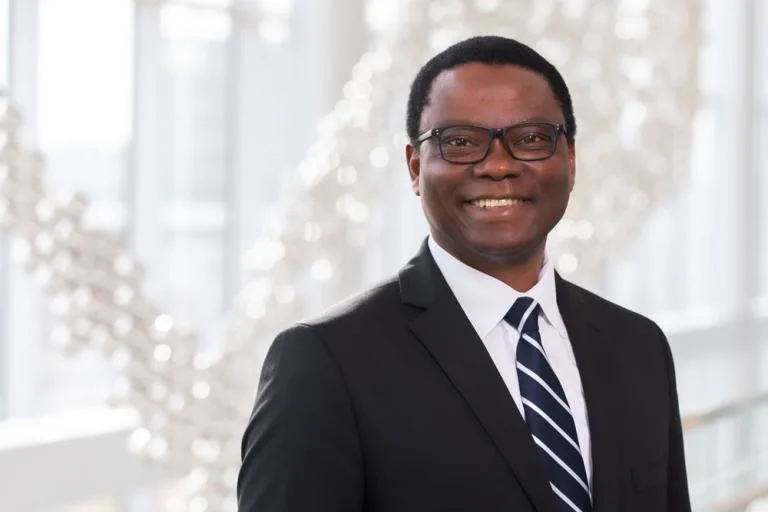
Behind this groundbreaking innovation is Dr. Samuel Achilefu, a scientist and visionary whose journey is as remarkable as the technology he created. Now the Michel M. Ter-Pogossian Professor of Radiology at Washington University School of Medicine, Achilefu’s life began far from the labs and operating rooms of St. Louis.
He grew up in northern Nigeria during the turbulent years of the 1960s. When the Nigerian civil war erupted in 1967, his family fled to their ancestral village in the east. He was just a young boy at the time, but the upheaval left a lasting imprint.
“You just wondered why you went from having everything to having almost nothing,” he recalled in an interview with the Siteman Cancer Center.
Those difficult years taught him adaptability, creativity, and resilience. Living with relatives in a crowded home, he learned to improvise — making his own toys and observing neighbors who fashioned tools and baskets from scraps. “If there is a silver lining,” Achilefu reflected, “it’s that the civil war gave me the chance to experience village life, appreciate the opportunities I have today, and understand that nothing is permanent.”
After earning his undergraduate degree in Nigeria, Achilefu received a French government scholarship to pursue a PhD in molecular and materials chemistry at the University of Nancy in France. Postdoctoral work at Oxford University followed, where he delved into the interface of chemistry and hematology, developing innovative blood substitutes. His early career in industry, including a role at Mallinckrodt Medical Inc., gave him a unique perspective on translating scientific discovery into practical applications — a skill that would prove invaluable in his later work.
The spark for his cancer-detecting goggles came from an unexpected source: military missile tracer systems, which inspired him to explore how invisible signals could be harnessed to detect cancer within the human body.
“I approach scientific problems by framing them into testable hypotheses,” he explained. “Then I explore different approaches to solve the problem. If additional expertise is needed, I look for the right collaborators to fill the gap.”
Beyond his research, Achilefu is deeply committed to global education and talent development. He often speaks about the brilliant children he grew up with in Nigeria — many of whom never had the chance to pursue their potential. His dream is to establish a global innovation institute that supports promising students in underserved regions, giving them the tools to contribute to groundbreaking discoveries. “Can you imagine what the world would look like,” he mused, “if they had the opportunity to fulfill their dreams?”
How the Goggles Work
The goggles function through a combination of fluorescence-guided surgery (FGS) and augmented reality (AR). Before the procedure, patients receive a near-infrared fluorescent dye that selectively binds to cancer cells. During surgery, when the operative field is illuminated, these tagged cells emit a signal that, while invisible to the naked eye, is detected by the goggles’ sensitive optical sensors.
The magic lies in the integration: the device overlays this signal directly onto the surgeon’s natural vision, causing malignant tissue to appear as a glowing marker in real time. Unlike bulky traditional systems, the goggles — known as FAR-Pi (Fluorescence Imaging Augmented Reality Raspberry Pi) — are compact, lightweight, and built using open-source hardware, making the platform far more practical and affordable for hospitals around the world.
Early clinical results are striking. In preclinical studies, the system revealed tumor nodules smaller than a millimeter that standard lighting and imaging failed to detect. Pilot trials in breast cancer surgery confirmed that the goggles accurately predicted tumor margins, later validated by pathology. The technology has also been tested in melanoma and sentinel lymph node mapping, consistently showing high precision in live surgical environments.
A Clearer Vision for the Future of Cancer Surgery
The development of cancer-detecting goggles represents more than a technical innovation — it’s a step toward making cancer surgery safer, more precise, and more compassionate. By turning invisible cancer cells into visible targets, this technology directly tackles one of the most persistent obstacles in surgical oncology.
If larger clinical trials validate these early findings, the implications could be transformative: fewer repeat surgeries, shorter recoveries, reduced healthcare costs, and most importantly, better outcomes and peace of mind for patients.
At the heart of this breakthrough lies Achilefu’s belief that science and imagination can bridge the gap between human limitations and lifesaving precision. His work is a testament to what can happen when creativity, persistence, and a commitment to accessibility converge.
Although regulatory approvals and broader clinical studies are still underway, the promise of this technology is undeniable. These goggles are not just a device — they are a window into the future of surgery, where innovation and empathy combine to give patients a brighter horizon after cancer.
News in the same category


You Can Adopt Puppies That Were ‘Too Friendly’ to Become Police Dogs

Scientists discover ultra-massive 'blob' in space with a mass of 36,000,000,000 suns
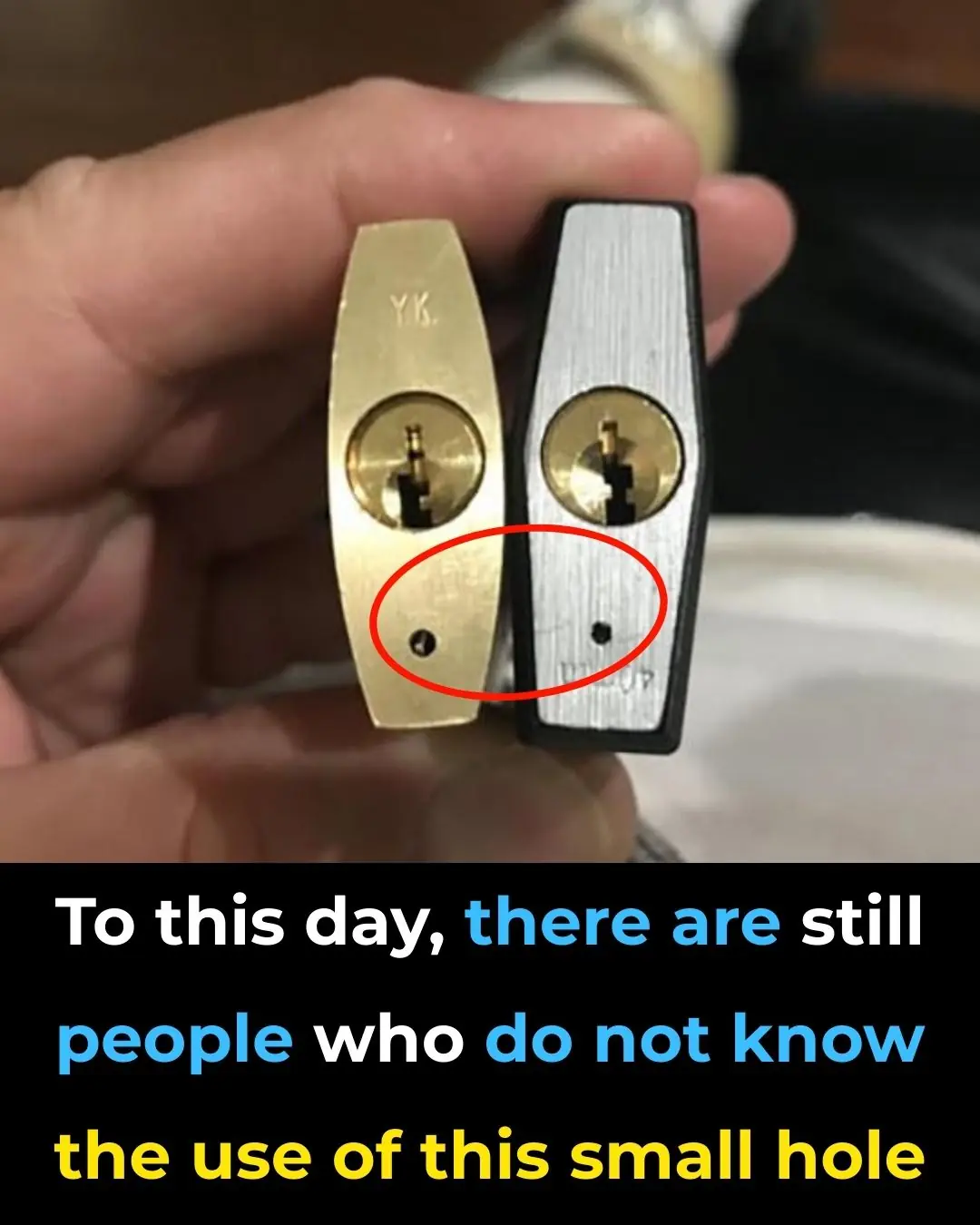
What’s the Small Hole in a Padlock For?
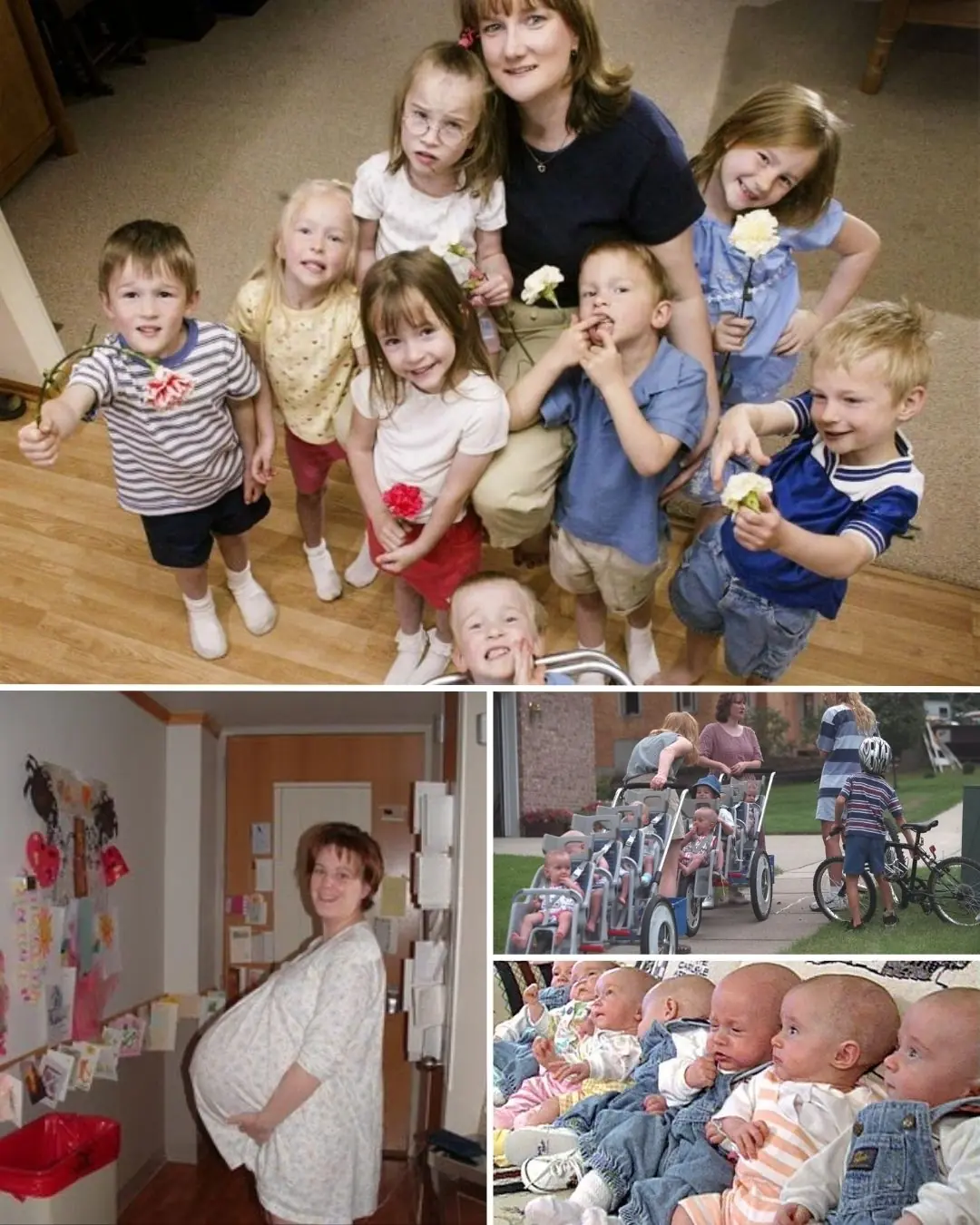
World’s First Surviving Septuplets Celebrate 27th Birthday
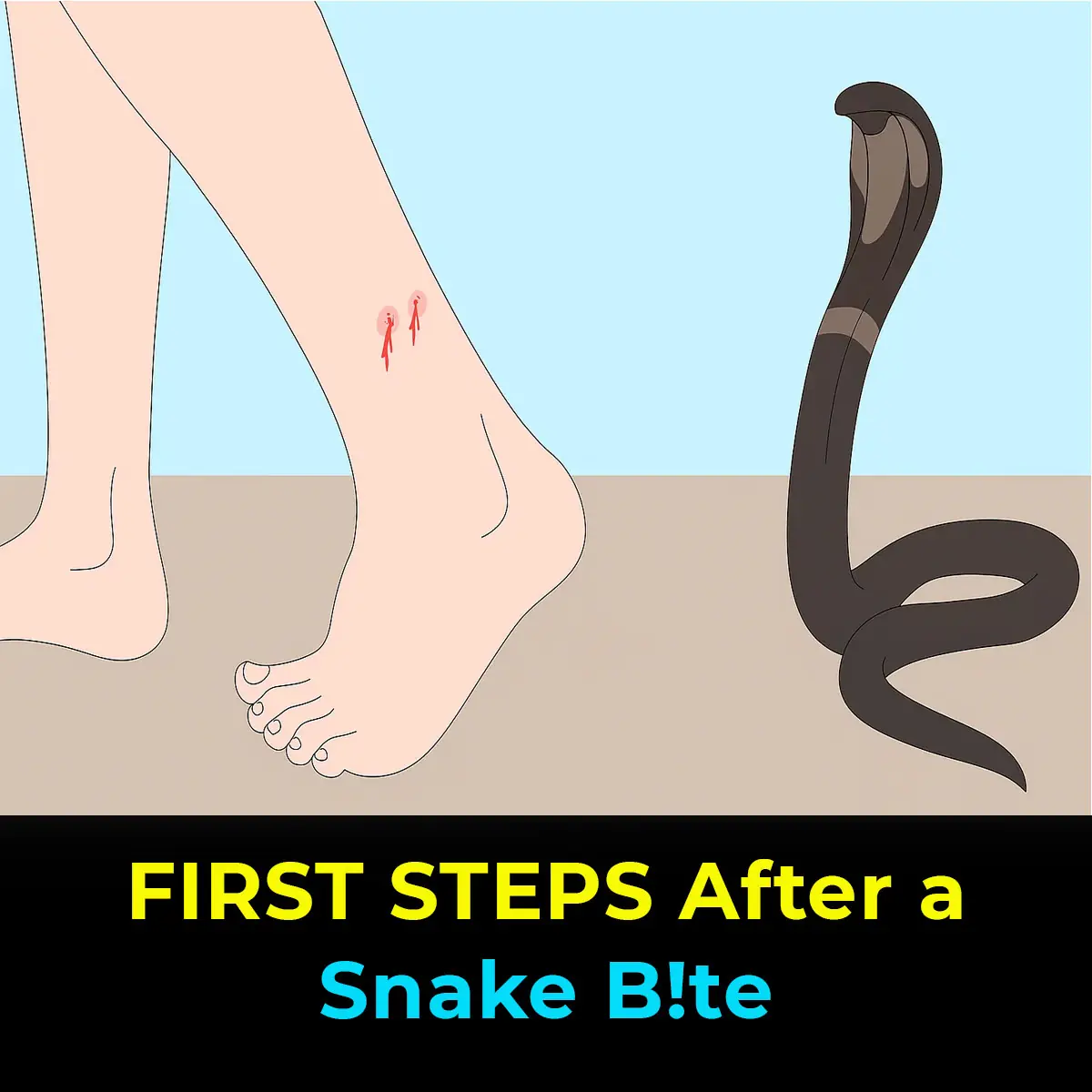
What to Do Immediately After a Snake Bite
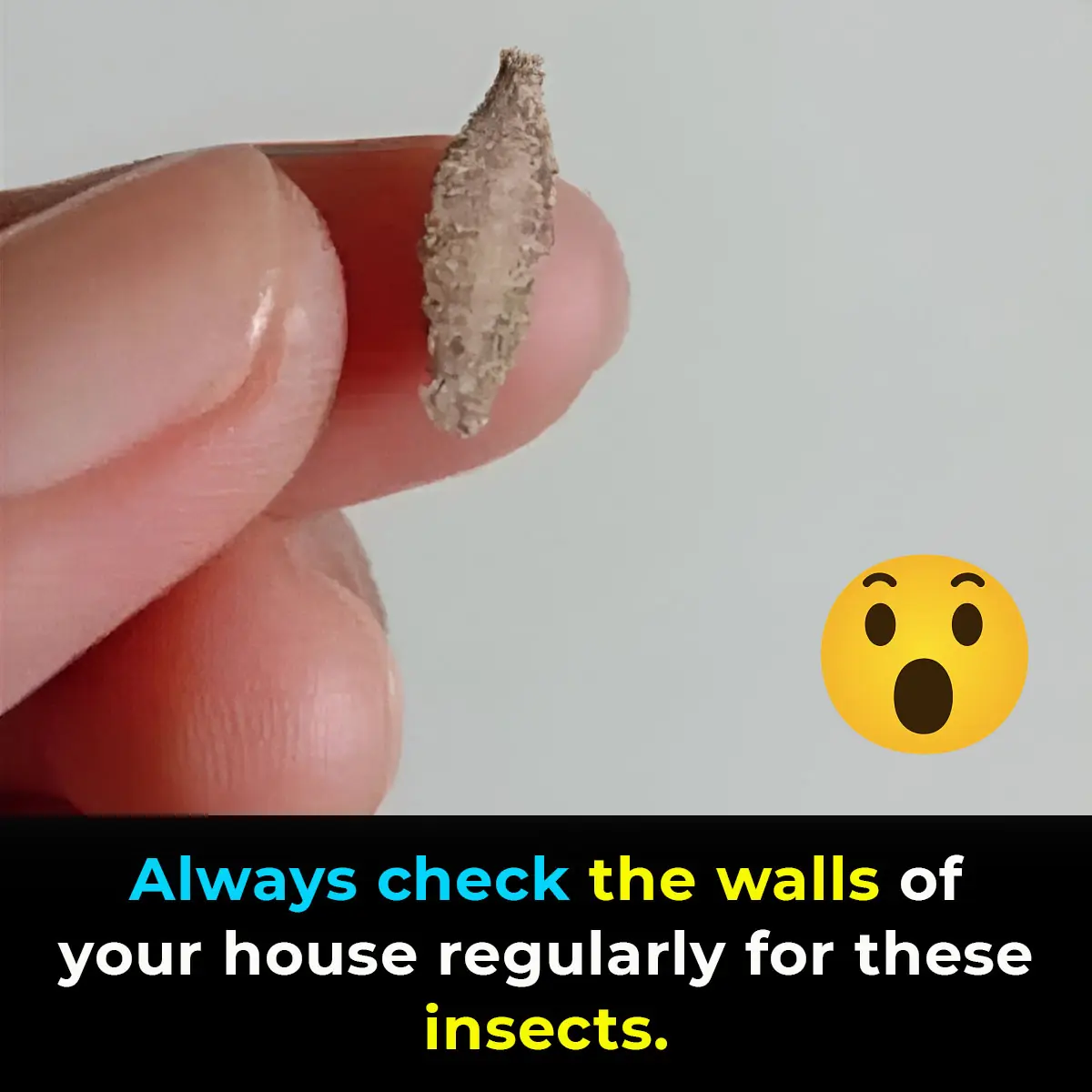
Ever Seen This Creepy Wall-Clinging Moth? Meet the Kamitetep
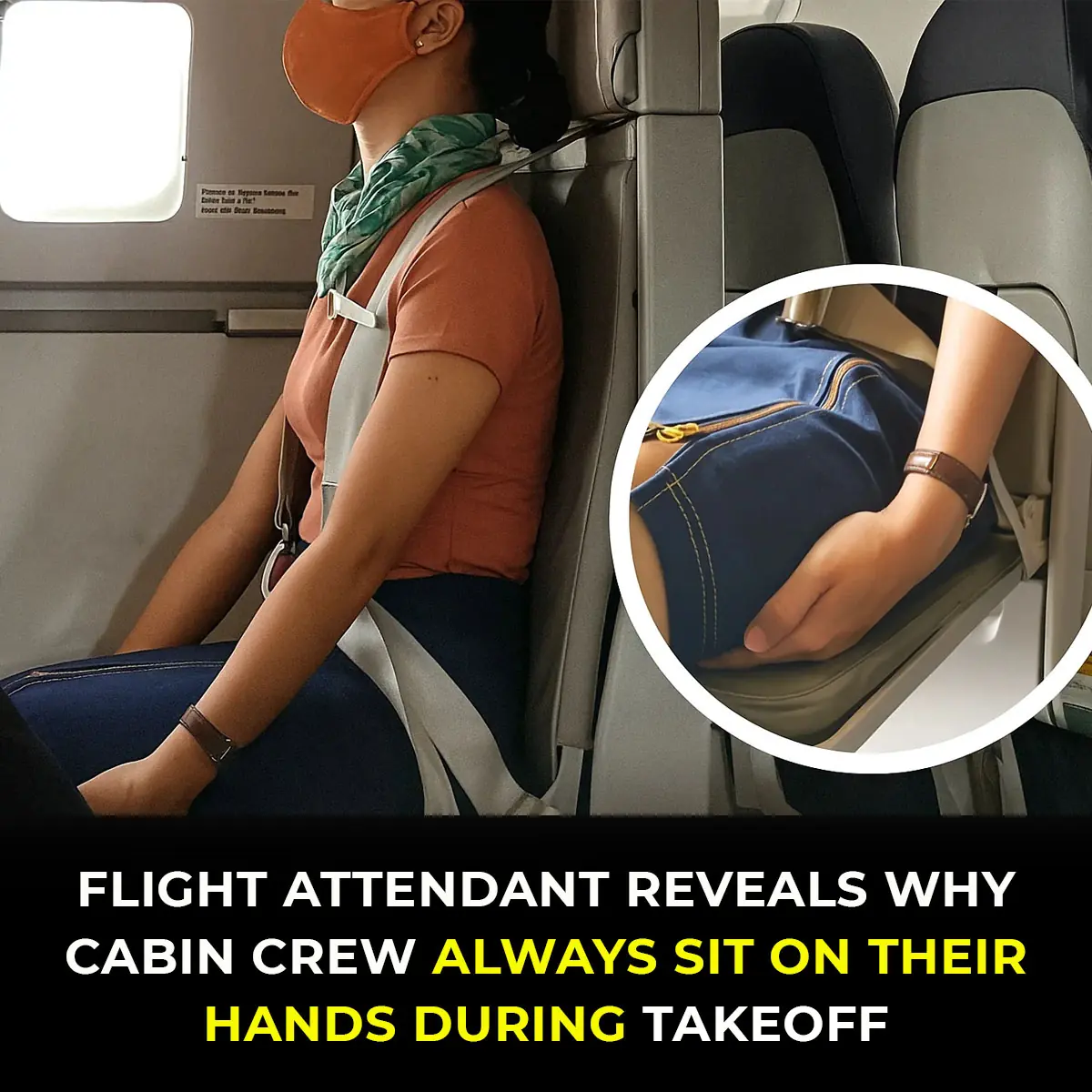
Flight attendant explains the unexpected reason cabin crew keep their hands under their thighs during takeoff and landing
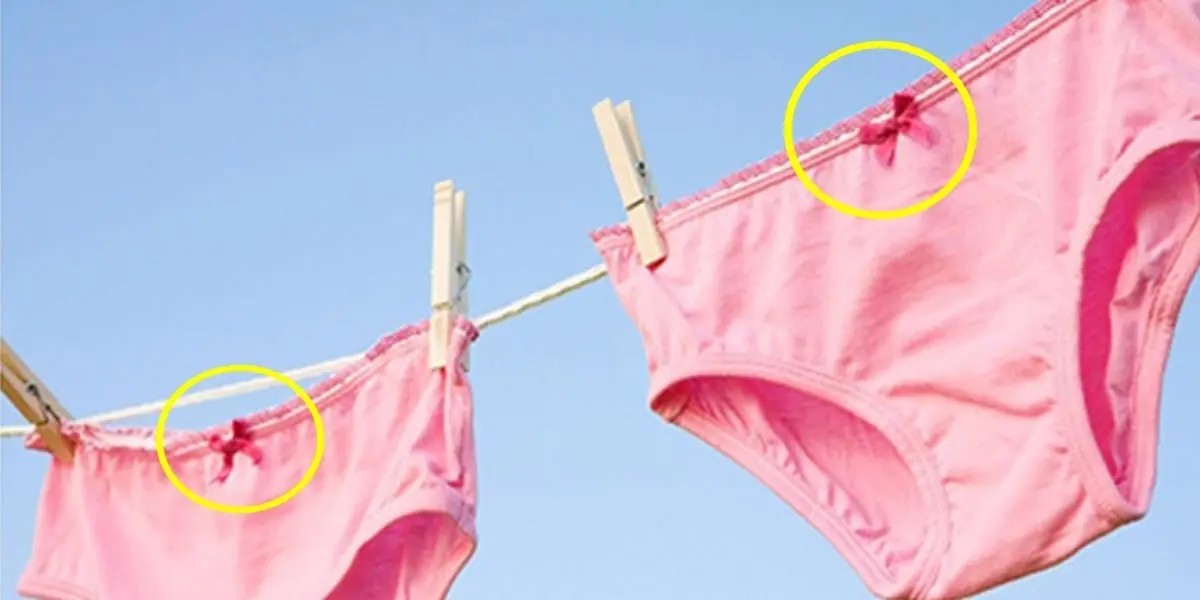
People Are Just Realizing Why Women’s Underwear Have A Bow On Front

Setting Your AC to 26°C at Night Might Not Be the Best Idea
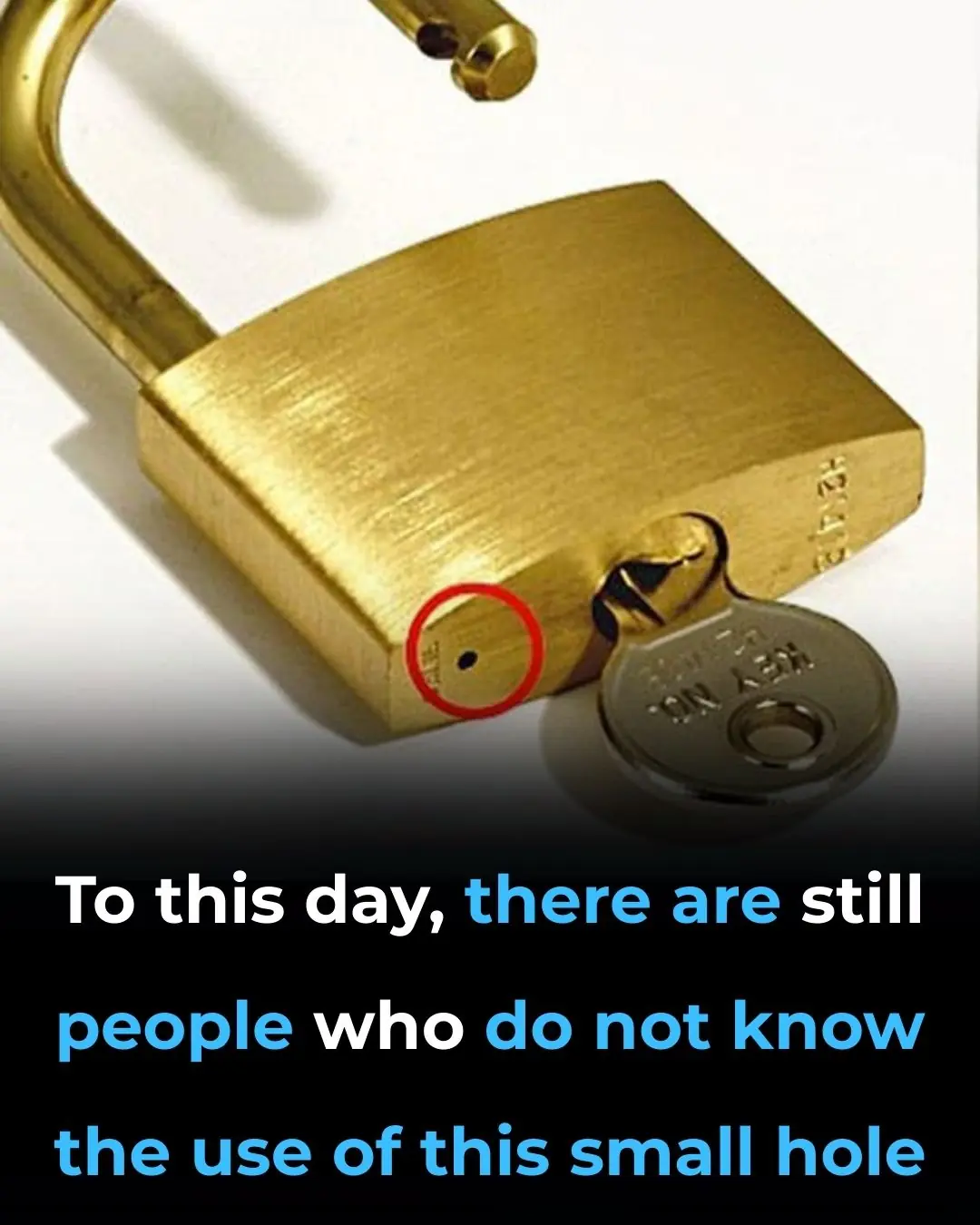
What’s the Small Hole in a Padlock For?
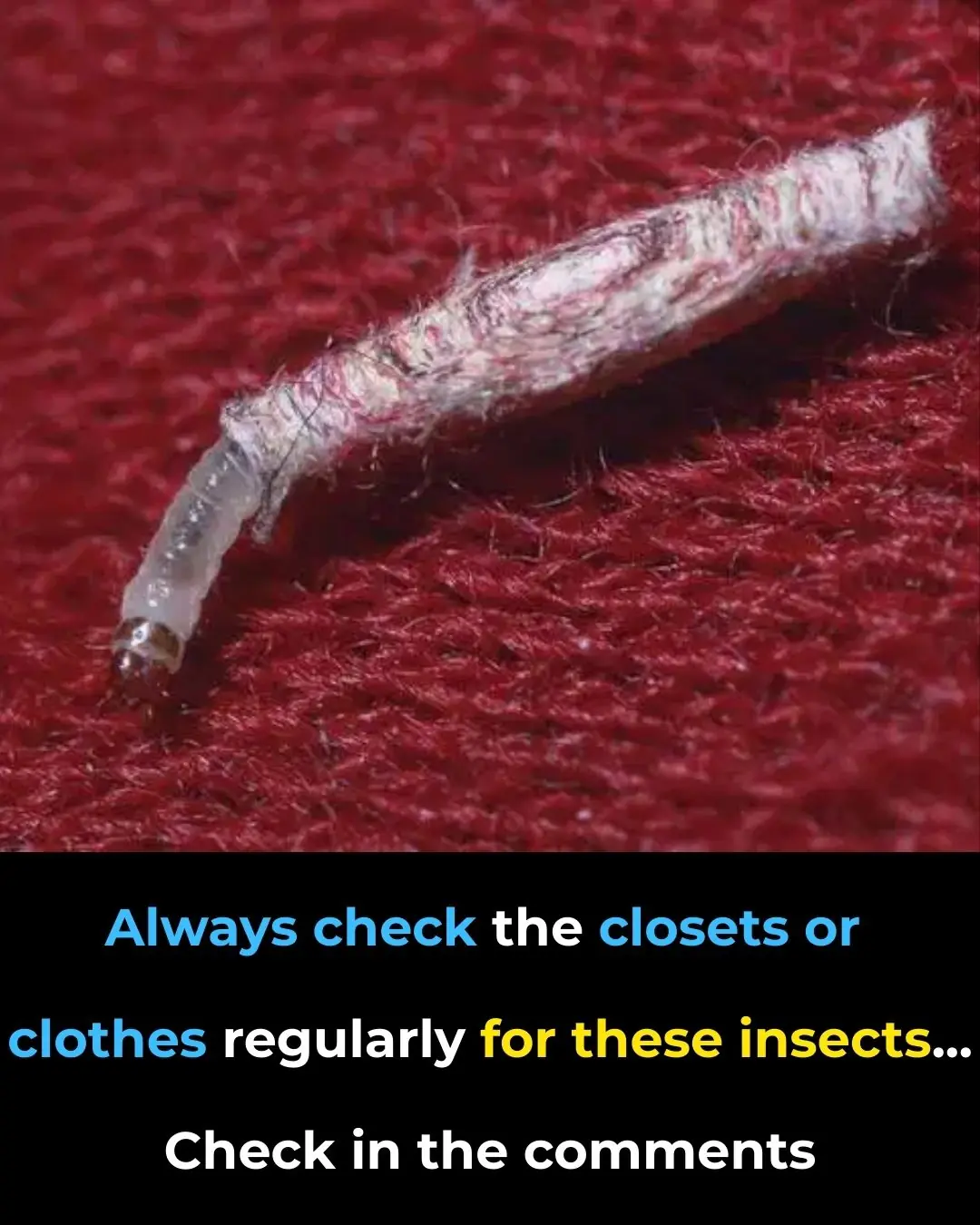
How to Get Rid of Moths Naturally

Say Goodbye to Joint and Foot Pain with a Relaxing Rosemary Bath

Gyan Mudra benefits revealed: How this ancient hand gesture can boost your mind and body
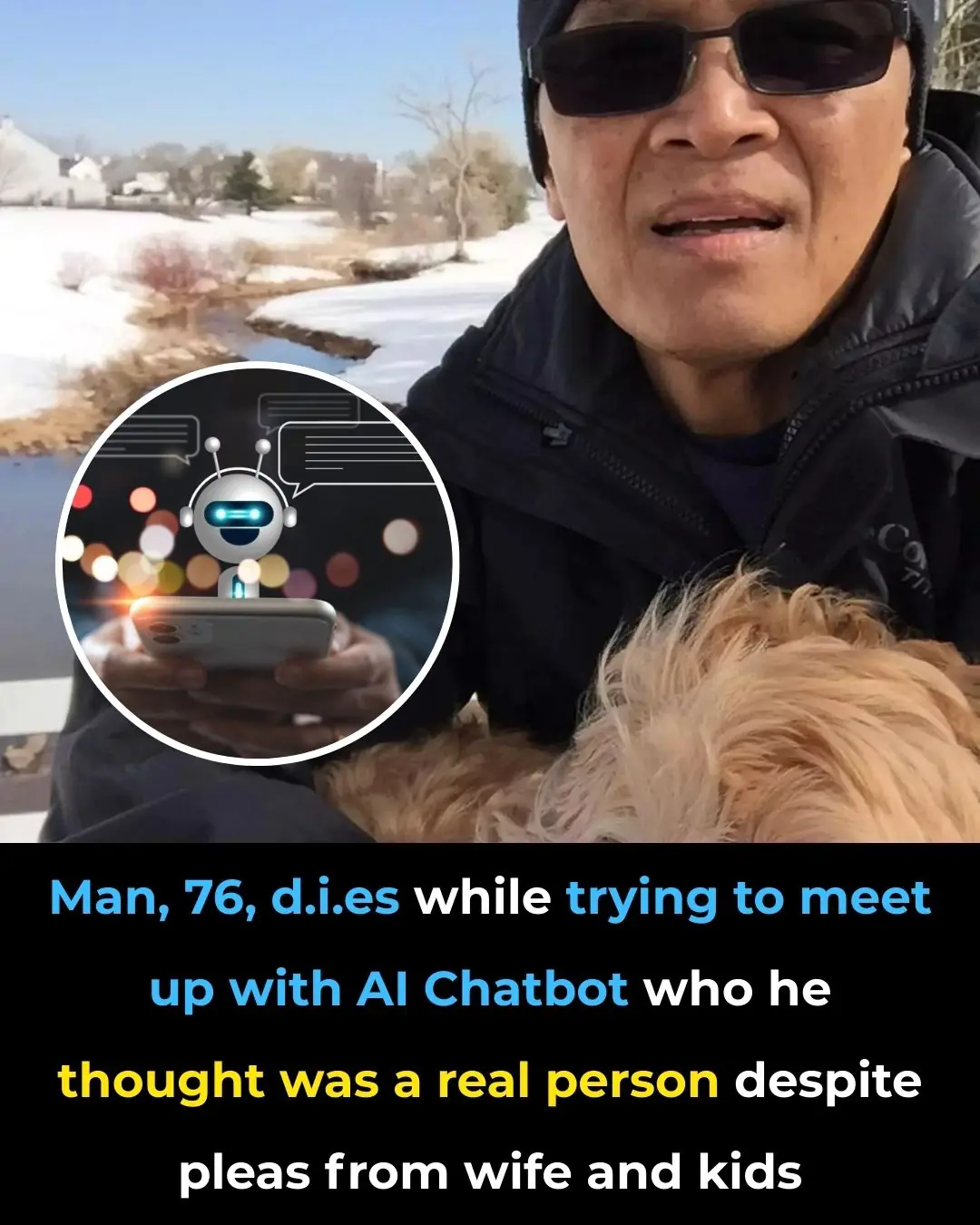
Man, 76, dies while trying to meet up with AI chatbot who he thought was a real person despite pleas from wife and kids

Black Cat at Your Doorstep? Here's the Hidden Spiritual Meaning and What It Reveals About You
It’s not unusual to open your front door and discover a mysterious cat waiting to be let in. While some see this as a spiritual sign of good luck, the truth is often much more practical—and just as fascinating.

NASA crew begins gruelling training for monumental mission that's not been done in 50 years

User 'terrified' after AI has total meltdown over simple mistake before repeating 'I am a disgrace' 86 times

$1M Plastic Surgery TV Star’s Transformation
News Post

14 hidden causes of tingling feet (and what to do)

At last — how to detox the brain naturally

5 Blood Clot Facts Doctors Want You to Know

8 Foods That Help Lower Your Cholesterol

6 Harmful Foods That Weaken Calcium Levels

8 Common Reasons For Waking Up at Night

How to Use Castor Oil to Regrow Eyelashes and Eyebrows

Scientifically Proven Health Benefits of Avocado and Avocado Seeds

Experts Say They’ve Pinpointed the Cause of Autism—And It Could Lead to New Treatments

Scientists Say Cancer Can Now Be Detected Years in Advance with Simple Blood Test

You Can Adopt Puppies That Were ‘Too Friendly’ to Become Police Dogs

Final straw that led to billionaire CEO's desperate escape from Japan inside 3ft box

Mutant deer with horrifying tumor-like bubbles showing signs of widespread disease spotted in US states
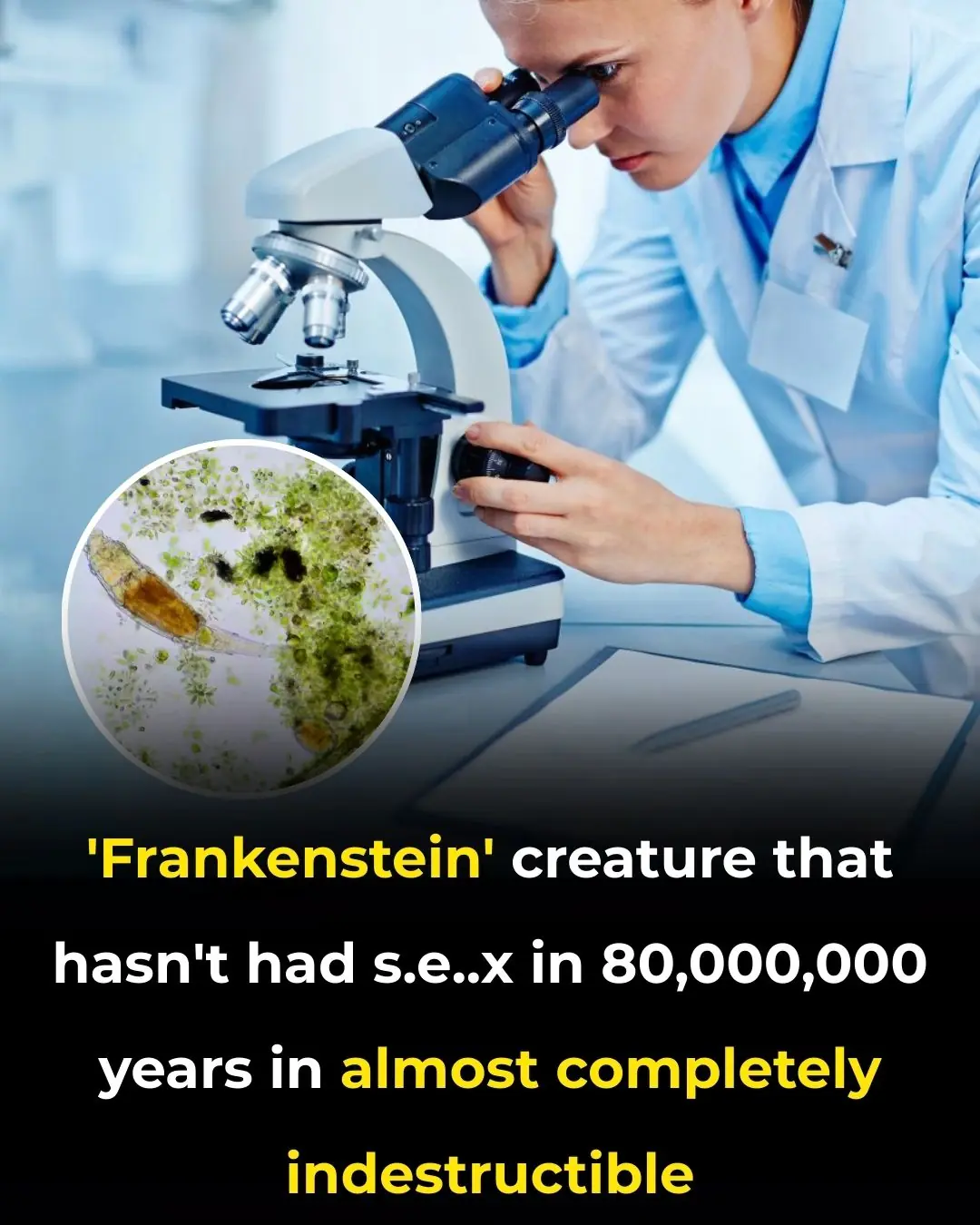
'Frankenstein' creature that hasn't had s3x in 80,000,000 years in almost completely indestructible

Scientists discover ultra-massive 'blob' in space with a mass of 36,000,000,000 suns

When a Washing Machine Shows 7kg, 8kg, or 10kg, Is That the Weight of Dry or Wet Clothes? The Real Meaning Behind These Numbers Is Something That Few People Know

Place a Bowl of Salt in the Fridge: A Small Trick, But So Effective — I Regret Not Knowing It for 30 Years

If Your White Walls Are Dirty, Don’t Clean Them with Water — Use This Trick for a Few Minutes, and Your Wall Will Be as Clean as New
